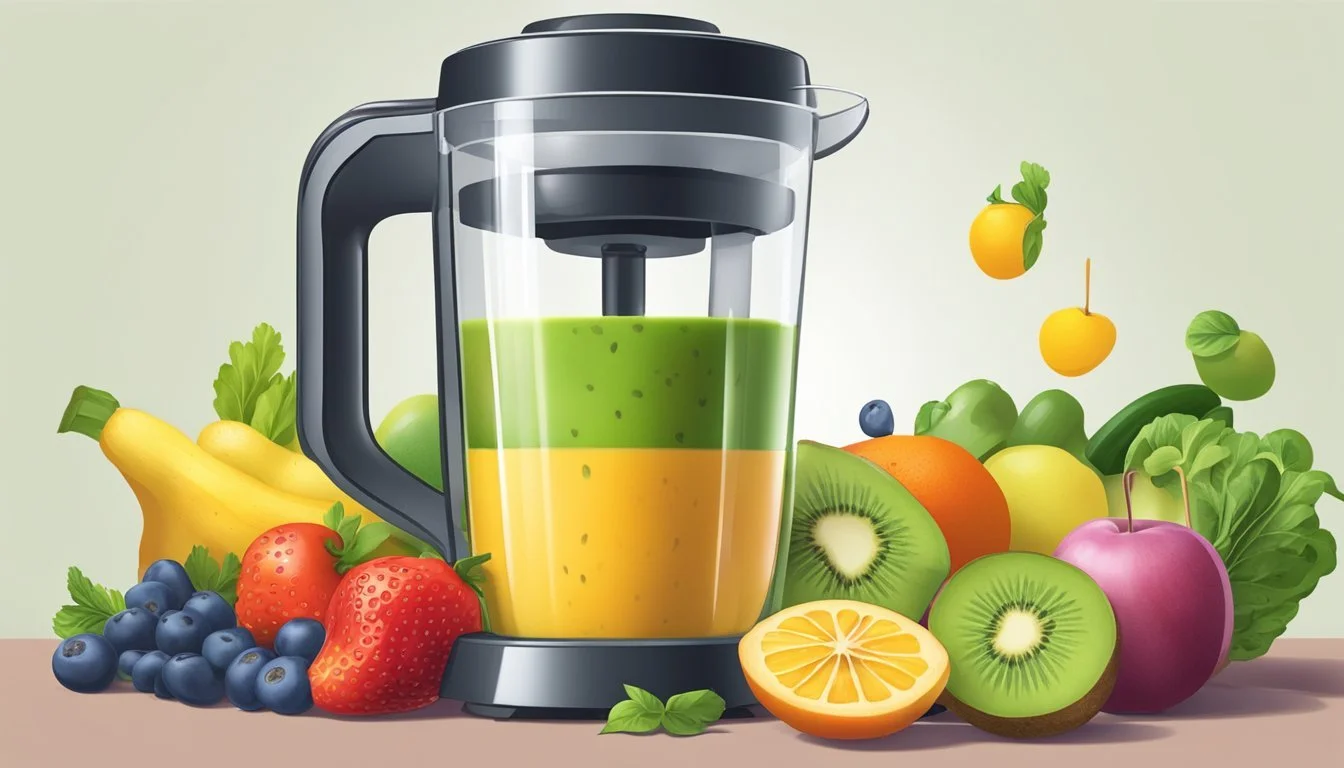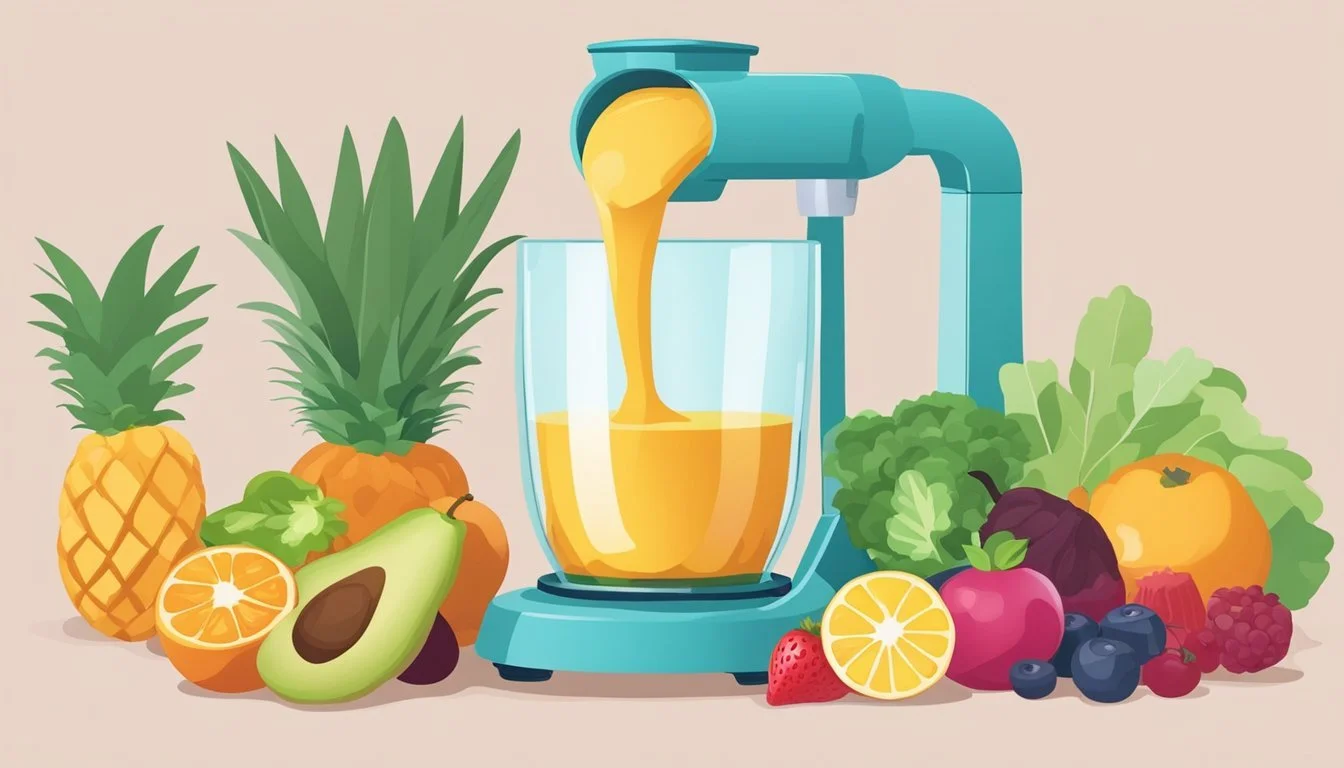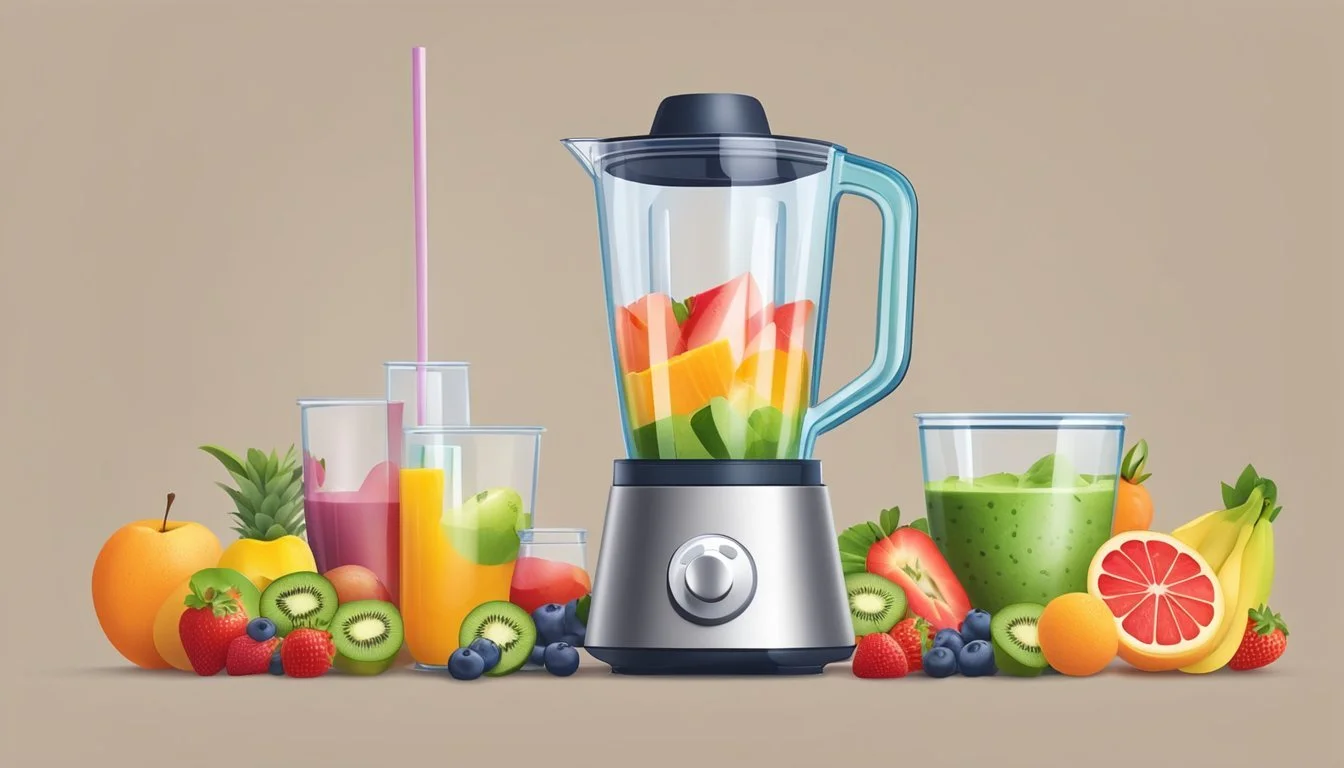How to Measure the Right Amount of Liquid for a Perfectly Balanced Smoothie Bowl
Crafting the ideal smoothie bowl begins with understanding the critical balance between liquid and solid ingredients. Achieving that thick, spoonable consistency characteristic of a smoothie bowl hinges upon the precise measurement of liquids. Too much liquid, and the bowl will run the risk of becoming more of a drink than a meal, while too little can make blending difficult and result in a coarse texture.
Preparing a smoothie bowl is a simple yet deliberate process; it serves as a healthy option for breakfast or as a refreshing snack. To guarantee a thick and creamy quality, the liquid forms the foundation upon which the rest of the smoothie is built. The choice of liquid, whether it be dairy milk, a dairy-free alternative, or even coconut water, directly affects not only the thickness but also the nutritional profile and flavor of the bowl.
The optimal ratio to heed when preparing a rich and nutritious smoothie bowl is generally a 1:2 ratio of liquid to frozen fruits or vegetables. This proportion ensures a perfectly dense and velvety texture that allows for toppings to sit atop without sinking. It is the confluence of the proper measurements and the art of blending that helps one master the creation of the ultimate smoothie bowl.
Understanding Smoothie Bowl Basics
The perfect smoothie bowl balances flavor and texture, requiring an understanding of the base components and the significance of achieving the optimal consistency.
Defining a Smoothie Bowl
A smoothie bowl is a thick, creamy blend of various ingredients such as fruits, vegetables, liquids, and other add-ins, usually thicker than a traditional smoothie and served in a bowl. It is designed to be enjoyed with a spoon and often topped with a variety of nuts, seeds, fruits, or granolas. The thickness and creamy quality are essential for supporting these toppings without them sinking in immediately.
Importance of Consistency
In the realm of smoothie bowls, consistency is king. A proper smoothie bowl should have a consistency that is neither too runny nor overly solid, striking a balance where it retains its shape when spooned out. Achieving the right thickness requires careful measurement of liquids relative to the amount of frozen ingredients. A general starting point is to use a 1:2 ratio of liquid to frozen fruit, which can be adjusted based on the desired thickness and the water content of the ingredients used. Blending the ingredients to a smooth and evenly creamy texture is crucial, for which a high-powered blender can be particularly effective.
Selecting Quality Ingredients
When crafting a smoothie bowl, selecting high-quality ingredients not only enhances the flavor but also the nutritional value of your meal. Freshness and proper storage are vital for maximizing the benefits of each component.
Choosing Fresh and Frozen Fruits
Fresh Fruits: It's essential to choose ripe, in-season fruits for the peak of flavor and nutrient density. Bananas and berries are classic favorites that add natural sweetness and creamy texture to any smoothie bowl.
Banana: Rich in potassium and fiber.
Berries: Offer antioxidants and vitamins.
Frozen Fruits: Opting for frozen fruits can be a convenient and cost-effective way to ensure consistency in texture and flavor year-round. They're picked and frozen at their ripeness, locking in nutrients.
Frozen Berries: Maintain a thicker smoothie consistency.
Frozen Banana Chunks: Provide creaminess and coldness without the need for ice.
Benefits of Adding Greens
Incorporating greens like spinach and kale into a smoothie bowl is a stealthy way to increase one's intake of vitamins, minerals, and fiber, without compromising taste.
Spinach: High in iron and blends well with other flavors.
Kale: Packed with vitamins A, C, and K.
These greens can contribute to a "green smoothie" experience, offering a refreshing and healthy twist to your smoothie bowl.
Incorporating Proteins and Fats
Proteins and fats are crucial for satiety and energy, making them indispensable in a balanced smoothie bowl.
Protein Powder: Adds a protein boost to help with muscle repair and fullness.
Chia Seeds: Loaded with omega-3 fatty acids and fiber.
Nut Butter: Provides healthy fats and adds creaminess.
Nuts and seeds, such as almonds or pumpkin seeds, can be sprinkled on top for a crunch and extra nutrients, rounding out the meal with a satisfying texture and taste profile.
Liquid Bases and Their Ratios
Choosing the right liquid base and its quantity is crucial for achieving the perfect consistency and flavor for a smoothie bowl.
Types of Liquids to Use
Water: A neutral choice that doesn’t affect the flavor of other ingredients.
Cow’s Milk: Adds creaminess and richness, suitable for sweet smoothie bowls.
Non-Dairy Milks: For lactose intolerance or dietary preferences. Options include:
Almond Milk: A low-calorie option with a nutty essence.
Coconut Milk: Imparts a tropical flavor and creamy texture.
Oat Milk: Provides a mild, slightly sweet taste.
Determining the Right Amount
The ratio of liquid to solid ingredients affects the thickness of the smoothie bowl. A standard guideline is:
Ingredients Ratio Frozen fruit 3 parts Liquid Start with 1 part Leafy greens Optional, 2 parts
For a thicker smoothie bowl, use less liquid. Start by blending solids and then gradually add the liquid until the desired consistency is met.
Adjust liquid quantity based on the thickness preference. More liquid will create a smoother texture, while less will retain a spoon-ready consistency ideal for smoothie bowls.
Preparation and Blending Techniques
When making a smoothie bowl, the blend is crucial, and preparation begins with the right equipment and technique. A smooth consistency is key, and the right amount of liquid base ensures that frozen and fresh ingredients integrate perfectly without being too thick or runny.
Blender Selection
A high-powered blender is essential for preparing smoothie bowls with frozen ingredients. Brands like Vitamix are often favored for their durability and efficiency. Such blenders effectively break down frozen fruit and ice, ensuring a smooth consistency. One should verify that the chosen blender can handle the job to avoid an inconsistent texture or potential damage to the motor.
Layering Ingredients for Optimal Blending
The order in which ingredients are added to the blender matters. To achieve an even blend, begin with the liquid base at the bottom. This allows the blades to move freely when starting the blend. Layer greens next, followed by fresh fruit, and add frozen ingredients last. This method helps to avoid overloading the blades and ensure everything combines well:
Liquid base: 1 cup (adjust as needed for consistency)
Greens: 1-2 cups
Fresh fruit: Soft ingredients next
Frozen ingredients: 2-3 cups on top
Using a Tamper Effectively
A tamper can be used with a high-powered blender to push ingredients towards the blades without stopping the machine. This is helpful when blending thick or frozen ingredients that might create air pockets or stick to the sides of the blender. The tamper ensures a consistently blended mixture without the need to pause and manually mix the ingredients. It's crucial to use it carefully to avoid contact with the moving blades.
Enhancing Flavor and Nutrition
The right amount of liquid in a smoothie bowl can enhance both the flavor and nutritional content. Using various sweetening options and incorporating superfoods, one can craft a smoothie bowl that not only tastes good but also benefits overall health.
Sweetening Options
For a natural touch of sweetness, honey or maple syrup can be excellent choices. Both are natural sweeteners with distinct flavors: honey offers floral notes while maple syrup provides a rich, caramel-like quality. When incorporating these sweeteners, moderation is key to balance sweetness with the health aspect.
Honey: Start with 1 tablespoon and adjust according to taste.
Maple Syrup: Begin with 1 tablespoon and add more if needed.
Additionally, ripe fruit such as bananas or berries can add sweetness and a bounty of nutrients without the need for added sugars. Utilizing yogurt, especially Greek yogurt, can also contribute a creamy texture and a sweet, tangy flavor, while boosting protein content.
Boosting with Superfoods
Adding superfoods to a smoothie bowl not only enhances the nutritional profile but can also elevate the flavor profile. Acai is a well-known superfood berry that brings a slightly tart and earthy flavor, as well as antioxidants. Cocoa powder adds a rich chocolatey note and contains flavonoids, which have been associated with heart health. For those who enjoy a more intense chocolate experience, cacao nibs offer a crunchy texture and are packed with nutrients without extra sweetness.
Acai: Mix in acai puree or powder; usually, 1 tablespoon is sufficient.
Cocoa Powder: Add 1 to 2 teaspoons for a chocolate twist.
Cacao Nibs: Sprinkle a few tablespoons on top for added crunch and flavor.
Incorporating green ingredients like spinach or kale can boost nutrient content, particularly iron and other minerals. For individuals following a vegan diet, plant-based liquids like almond milk or coconut water can serve as the liquid base, contributing their own subtle flavors and valuable nutrients to the smoothie bowl.
Serving and Garnishing
When crafting the ideal smoothie bowl, the presentation and finishing touches are just as paramount as the smoothie itself. The right bowl and glass will enhance visual appeal, while a medley of toppings adds varied texture and flavor.
Selecting the Right Bowl and Glass
Choosing a suitable bowl for a smoothie bowl is key. It should have a wide opening to make both pouring and garnishing easy, and be shallow enough to showcase the toppings attractively. A tall glass works best for serving a smoothie if you prefer to drink rather than spoon your creation. It should proportionally match the volume of the smoothie, ensuring a full, inviting presentation.
Ideas for Toppings
Garnishing a smoothie bowl is an art that brings out bold colors and textures. Here's a list of popular toppings that can be layered artistically:
Crunchy: Sprinkle granola, flax seeds, or chia seeds for a satisfying crunch.
Fruity: Add slices of banana or a mix of berries like strawberries, blueberries, or raspberries for natural sweetness and a vibrant color palette.
Nutty: Scatter a handful of nuts, such as almonds, for an extra protein kick.
Exotic: Use toppings like shredded coconut, cacao nibs, or dried fruit to introduce intriguing flavors and textures.
The combination of these elements not only enhances the taste but also amplifies the nutritional value, making your smoothie bowl both a feast for the eyes and a healthful delight.






